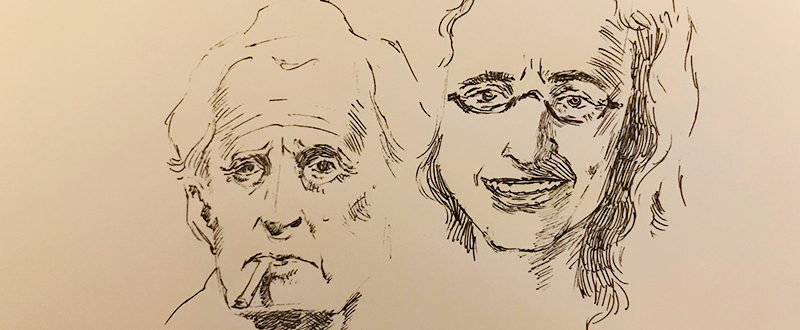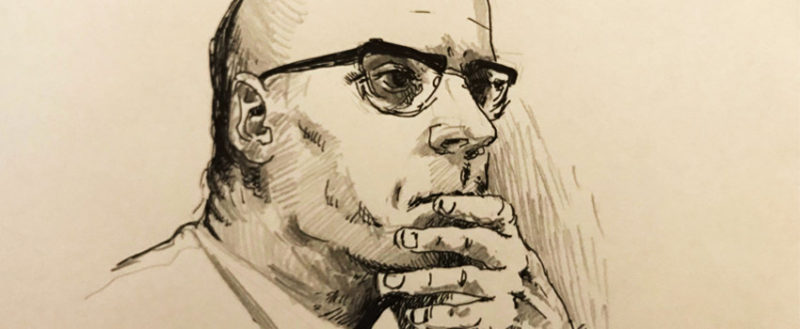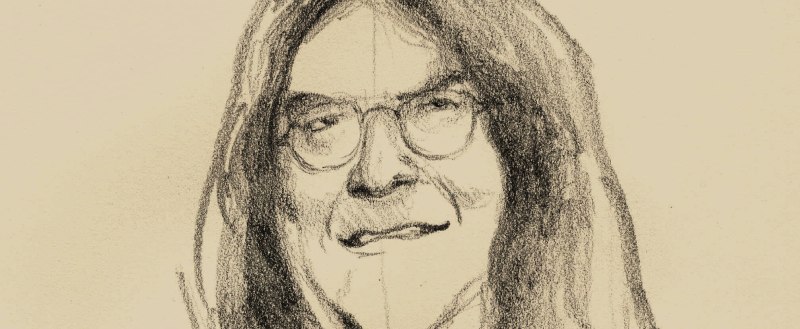“…everyday spaces…do not merely passively reflect existing social relations and identities but are involved in actively producing and re-producing them.”
“Daily encounters with the built environment continually position people in relation to the dominant power structure, enforcing and reinforcing their differences…While power relations most obviously operate in everyday space through physical barriers and various forms of exclusion, as we will see, they can also work more subtly, creating invisible boundaries that shape experience in equally powerful ways.”
From “A World of Unmentionable Suffering: Women’s Public Conveniences in Victorian London,” by Barbara Penner.
1. While these passages focus on patriarchy and feminism, it could easily apply to a larger theme of power structure (as quoted above), hence the social relations between people of different classes. Suppose, I extend the topic of physical environment in its function to its hidden ideology, there seems to be two forces that are at the same time contradictory and complimentary to each other. The first is already elaborated in details by Barbara Penner’s “A World of Unmentionable Suffering,” where physical arrangement such as public lavatories for women, not only “passively reflect existing social relations” but also “actively re-producing them.”
2. The second is the ideology that appears to undermine such partitions, which only serves as a mirage. Access to some public spaces blurs the distinction between different classes in order to hide it. In his One-Dimensional Man, Herbert Marcuse said:
“the people enter this stage as preconditioned receptacles of long standing; the decisive difference is in flattening out the contrast (or conflict) between the given and the possible, between satisfied and unsatisfied needs.”
He gave an example:
“if the worker and his boss enjoy the same television program and visit the same resort places, … if they all read the same newspaper, then this assimilation indicates not the disappearance of classes, but the extent to which the needs and satisfactions that serve the preservation of the Establishment are shared by the underlying population.”
3. And the more advanced the dissemination of ideology is (through the media propaganda and advertising), the more difficult it is to see what’s behind the veil. He argued that:
“in the most highly developed areas of contemporary society, the transplantation of social into individual needs is so effective that the difference between them seems to be purely theoretical.”
Meaning: the efforts to blur the line not only help propagate further the class distinction, as the people aren’t aware of the power structure, but “the so-called equalization of class distinctions reveals its ideological functions.”





